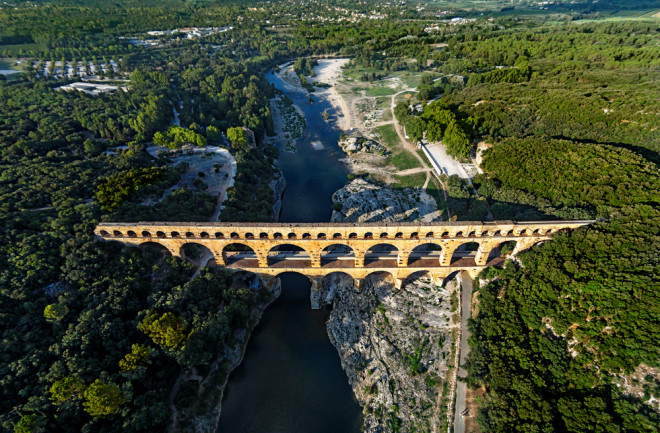Ancient Rome was a thirsty place. The city was adorned with lush gardens and dramatic fountains. Its citizens took steaming public baths and enjoyed running water delivered to their homes — and sewage carried away. Rome’s booming industries used vast amounts of water to power machinery and create goods for the city, which had a population of roughly half a million to 1 million people at its peak.
None of this would have been possible without the 11 Roman aqueducts that supplied water to the capital from the surrounding countryside. The Roman aqueducts were a crowning technological achievement of the ancient world. Rome’s first aqueduct was built in 312 B.C., and many more would be built over the next five centuries.
They didn’t invent the idea of using aqueducts to move millions of gallons of freshwater, though. The Assyrians, Greeks, Egyptians and more had all used aqueducts to supply dry, thirsty cities. But the aqueducts of ancient Rome stand out thanks to their grand scale and breathtaking architecture, which often used elevated bridges to pass water across valleys and over urban areas. In fact, some carry water even now, some 2,000 years later.







